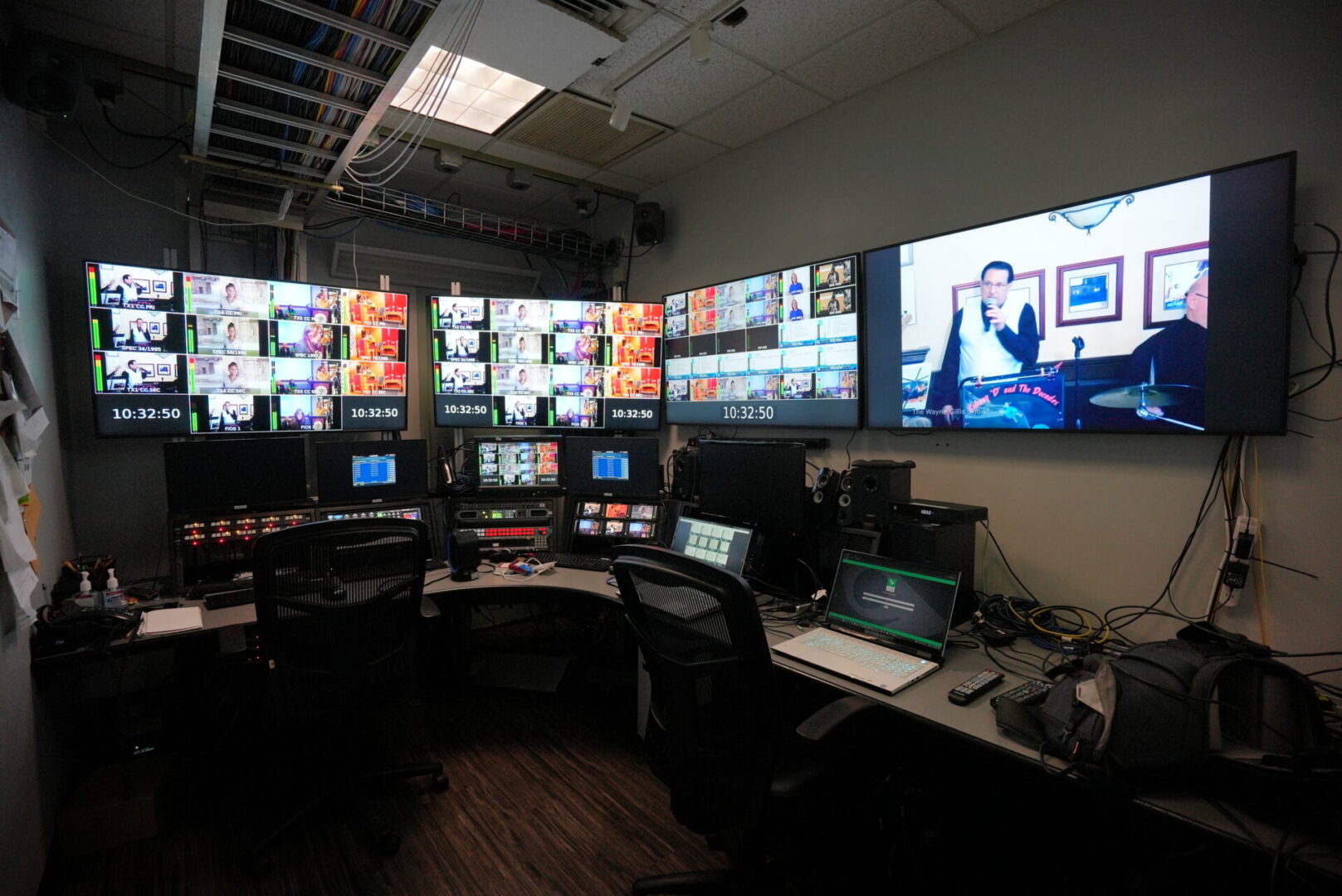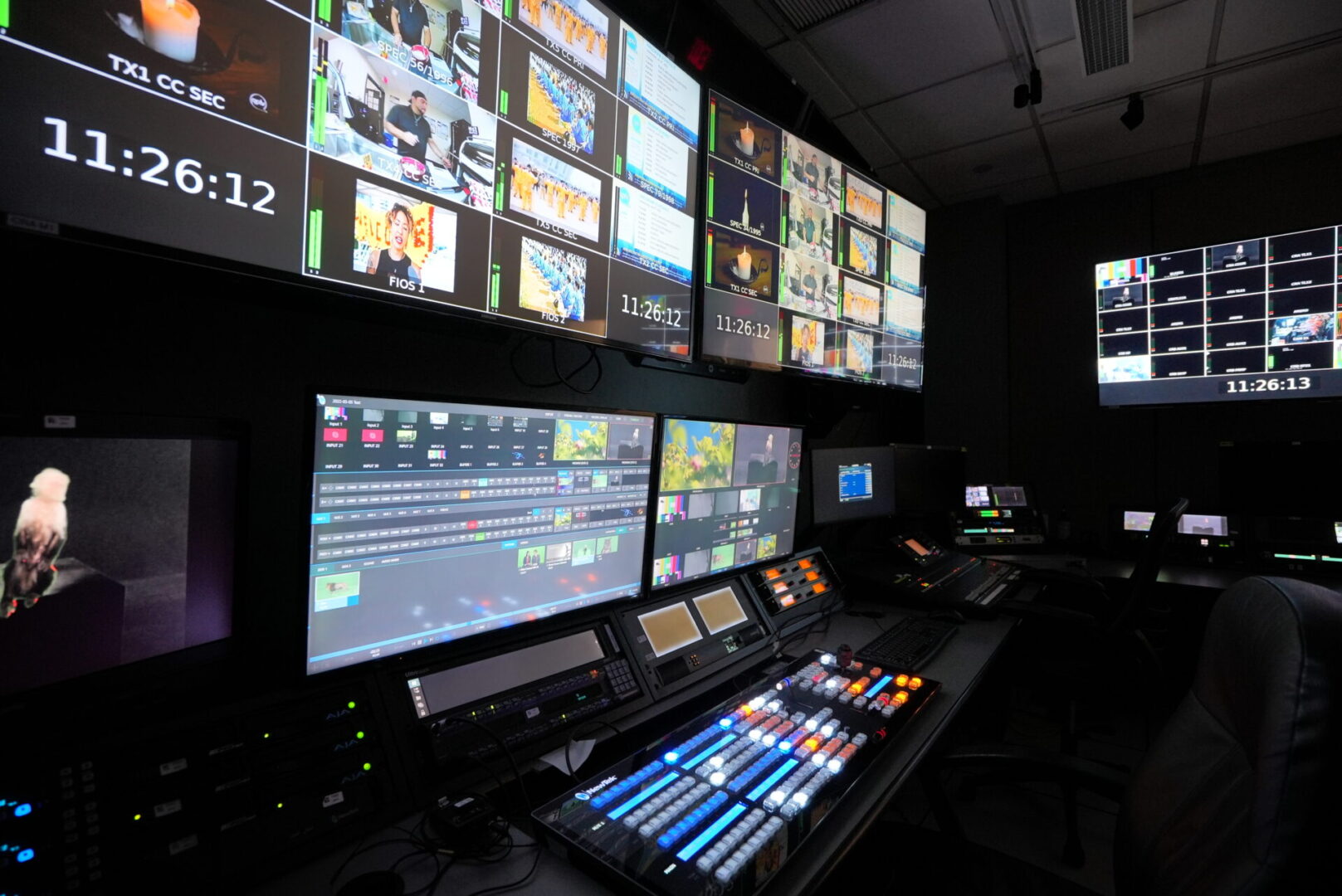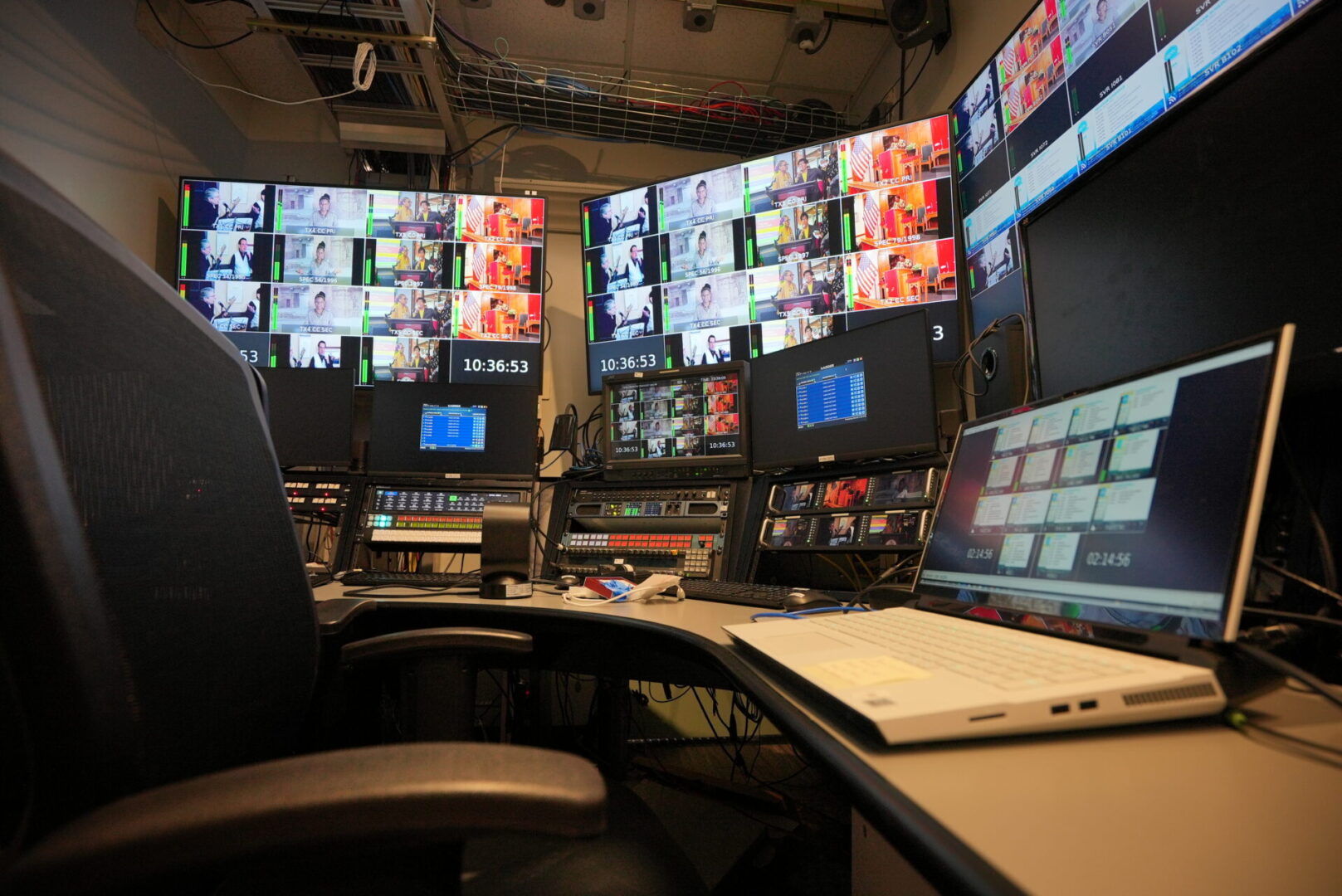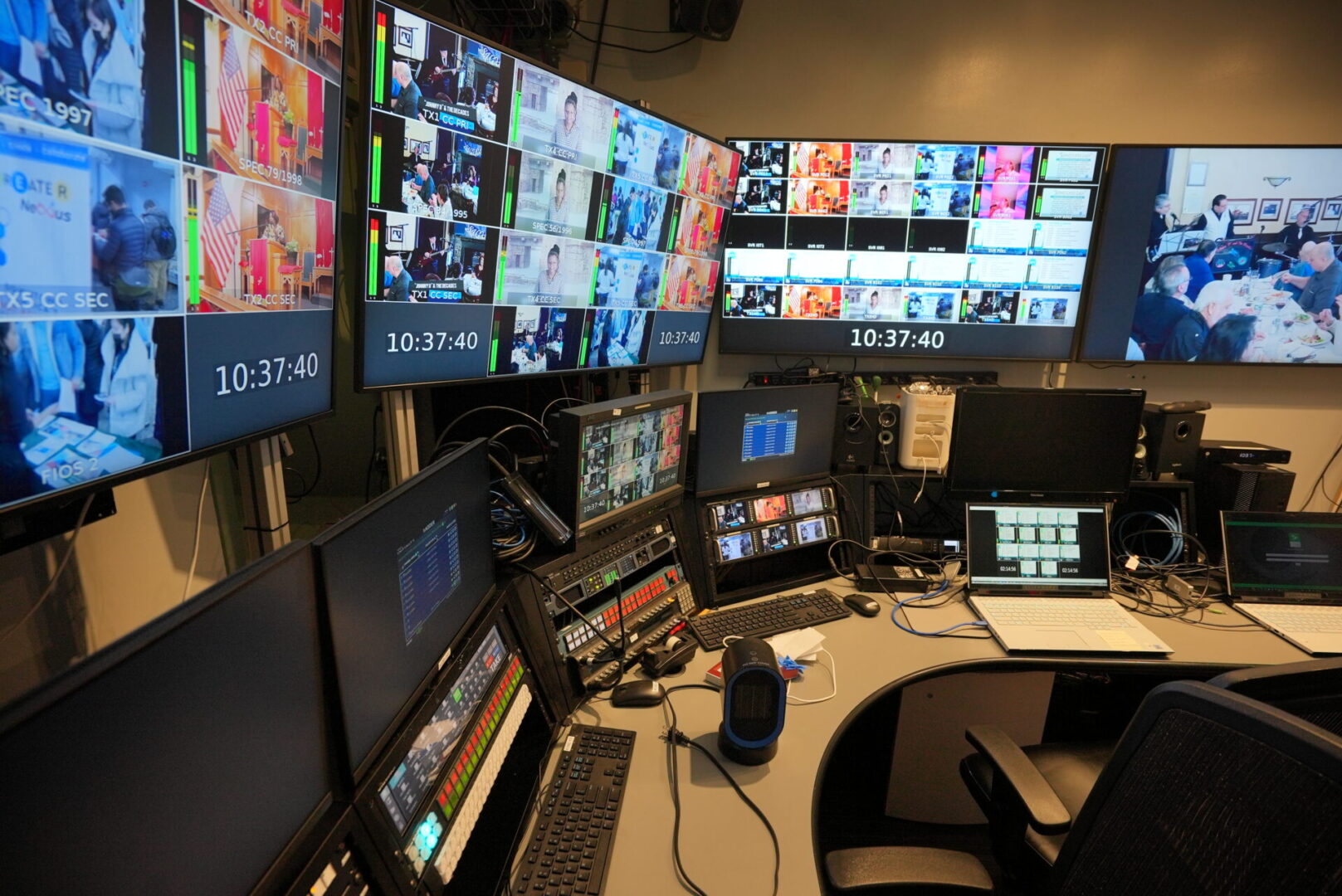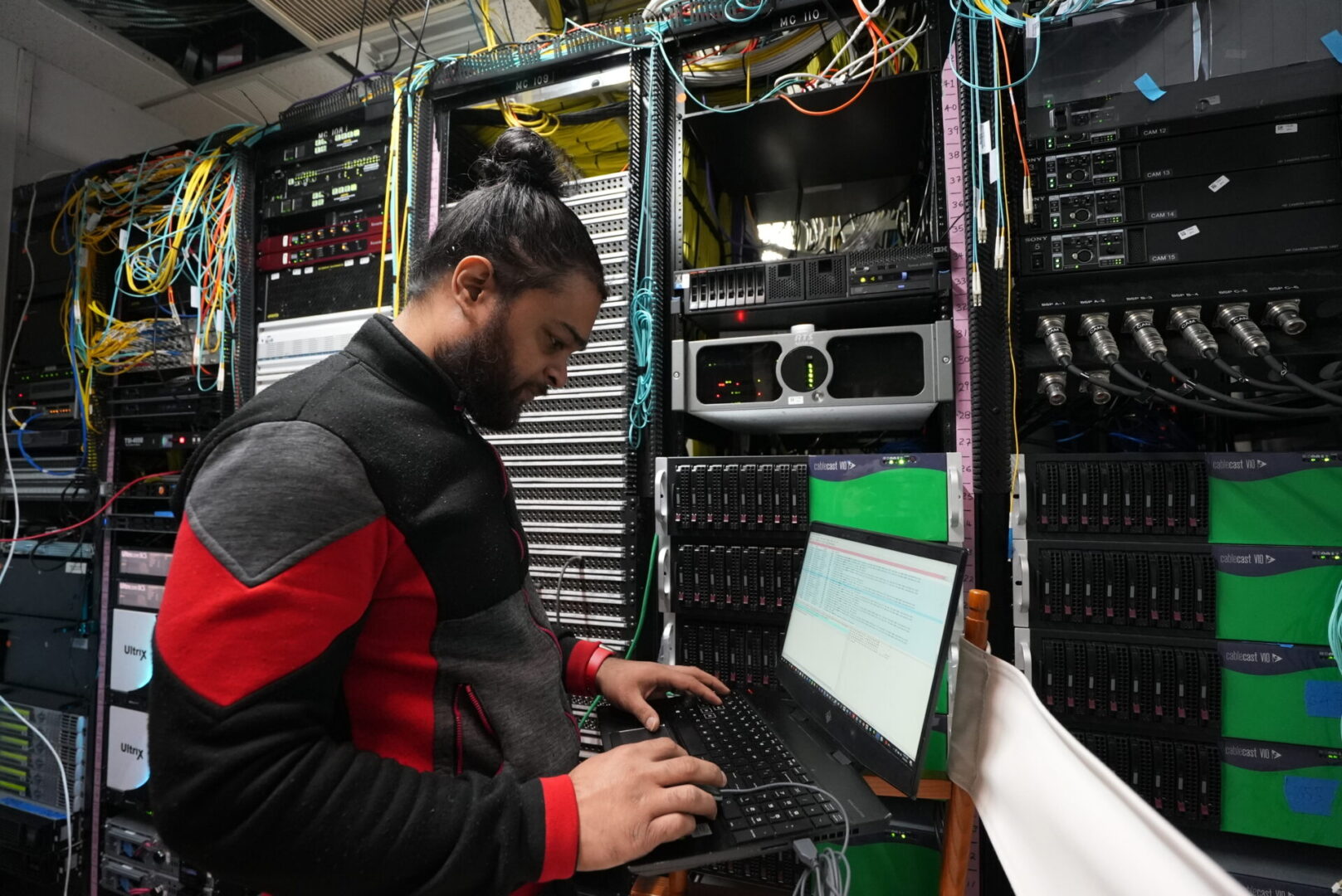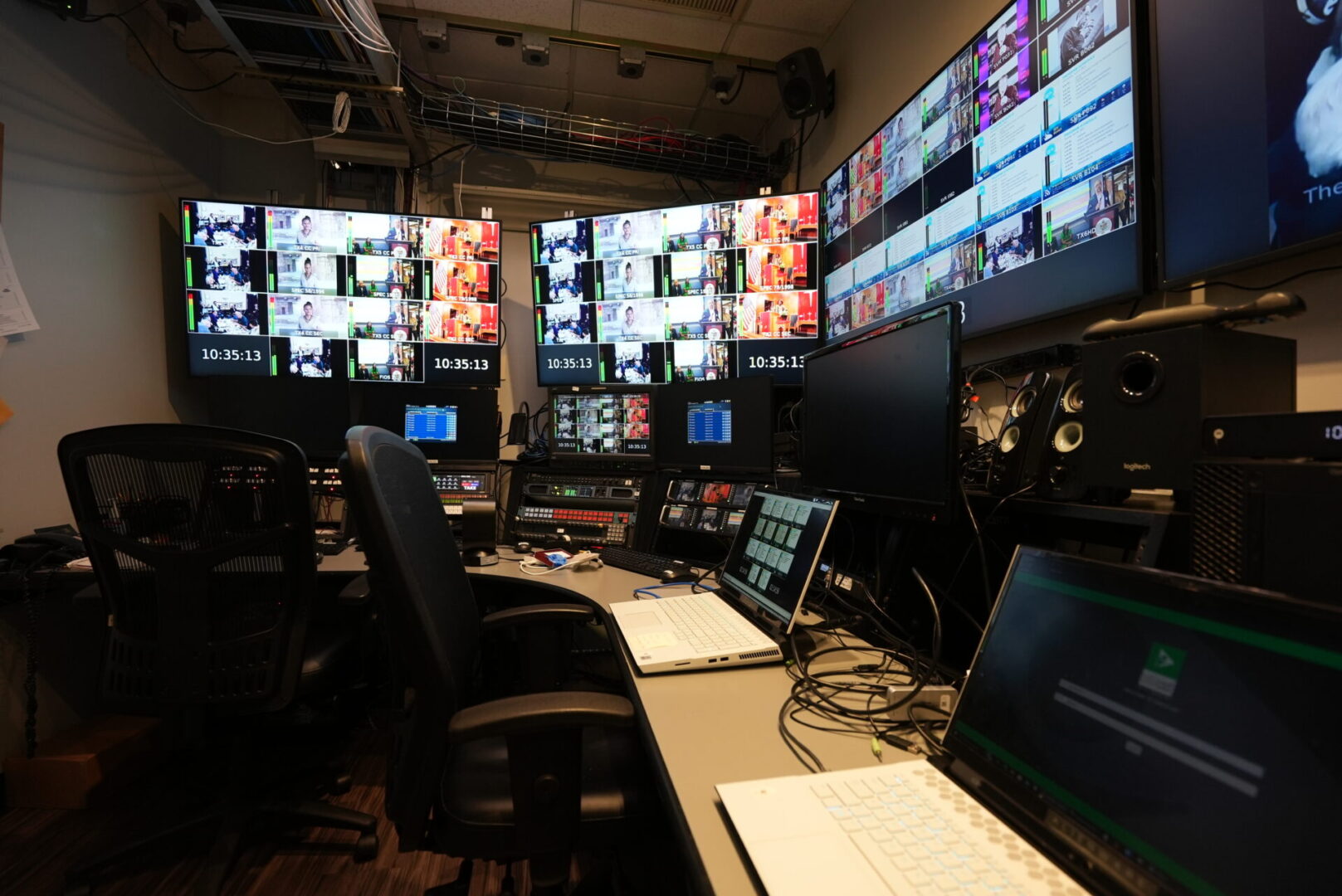KMH Integration and Cablecast Community Media Team on Queens Public Television Workflow Upgrade
KMH Integration merges Cablecast automation and streaming solutions with new SDI/NDI infrastructure to simplify workflows, expand viewership, and opens new business models with VOD services and digital signage
Challenge
- Simplify QPTV workflows, expand viewership online, and open new business models with VOD services and digital signage.
- Integrate automation and streaming solutions with all-new SDI/NDI infrastructure.
Solution
- KMH led a complete redesign of QPTV’s automation workflow, with Cablecast Community Media solutions supporting all ingest, scheduling and playout operations for six public access channels on three cable systems.
Results
- Created a fully redundant system infrastructure to allow for future expansion.
- Established a strong foundation for QPTV’s media operations and future growth that will integrate seamlessly with community producers and emerging production models.”
KMH Integration has completed a turnkey systems design and installation project for Queens Public Television (QPTV), a non-profit community media center and public access TV network serving the residents of Queens, New York.
"The KMH Integration team was engaged to evaluate how QPTV could simplify its technical infrastructure and workflow while extending QPTV’s audience reach through streaming and other new business models" -- Daniel Leone, President, and CEO of Queens Public Communications Corporation
The project includes a complete redesign of QPTV’s automation workflow, with Cablecast Community Media solutions supporting all ingest, scheduling, and playout operations for six public access channels on three cable systems.
A long-term partnership
KMH Integration has a long-standing relationship with QPTV, beginning with a master control design and build-out project in the early 2010s. The KMH Integration team was engaged to evaluate how QPTV could simplify its technical infrastructure and workflow while extending QPTV’s audience reach through streaming and other new business models. That included building an entirely new 12G-ready SDI infrastructure, upgrading and connecting several production facilities and studios, and centralizing all automation workflow functions to Cablecast.
NDI Infrastructure
KMH also deployed an NDI infrastructure for content delivery, an environment that Cablecast comfortably operates within.
“For a long time, we have combined automation systems with media and workflow products from many manufacturers,” said Leone. “Upgrading our system was a challenge due to frequent backward compatibility and interoperability issues. We also couldn’t easily share QPTV content on our social media feeds. By switching to a single-vendor solution, we can streamline our entire workflow and achieve greater harmony. With Cablecast, we now have access to the hardware and software tools we need to enhance our internet presence and explore new business models.”
In addition to installing multiple Cablecast VIO 4 and VIO 4+ multichannel video servers to handle scheduling, content management, and cross-platform publishing, KMH Integration installed six Cablecast LIVE servers to stream QPTV’s channels online, and a Cablecast VOD server to support QPTV’s on-demand content library. QPTV will also use branded Cablecast Streaming Apps for OTT and mobile delivery of all six channels, and KMH will use Cablecast REFLECT for live and VOD streaming content delivery.
The KMH team also installed five Cablecast CG Bulletin Board systems, which allows more than 260 non-profit organizations affiliated with QPTV to upload digital signage content for broadcast. Cablecast also created six custom CG channels to deliver bulletin board content branded for each of their channels.
Planning for the future
“The Cablecast CG Bulletin Board system makes it very simple for us to authorize user-uploaded content for broadcast on our six channels,” said Leone. “Once we create the templates, users can log in from anywhere and quickly add their content. It removes our in-house responsibility for script writing and all of the coordination legwork. We also have plans to leverage this same technology for digital signage in our front window and elsewhere in our building, which gives an opportunity to highlight the community and potentially monetize our content through advertising.”
Kevin Henneman, Principal and Director of Engineering of KMH Integration, shares that his team architected the Cablecast solution to be fully redundant.
“Every primary baseband ingest and playout channel is backed up by a redundant system, and we built out a 8×8 Cablecast infrastructure to allow for future expansion,” he said. “QPTV will also have the capacity to feed up to eight endpoints for digital signage, expand access to their VOD content library, and use branded Cablecast Streaming Apps to reach live viewers on mobile and OTT platforms. We installed a 10Gb fiber backbone and upgraded the entire network to support high-speed media transfers between all floors in the building for their production, broadcast, and streaming workflows using NDI, DANTE, and SRT. It is a very useful and productive solution with a fair price point. It also establishes a strong foundation for QPTV’s media operations and future growth that will integrate well with community producers as they embrace emerging production models.”

